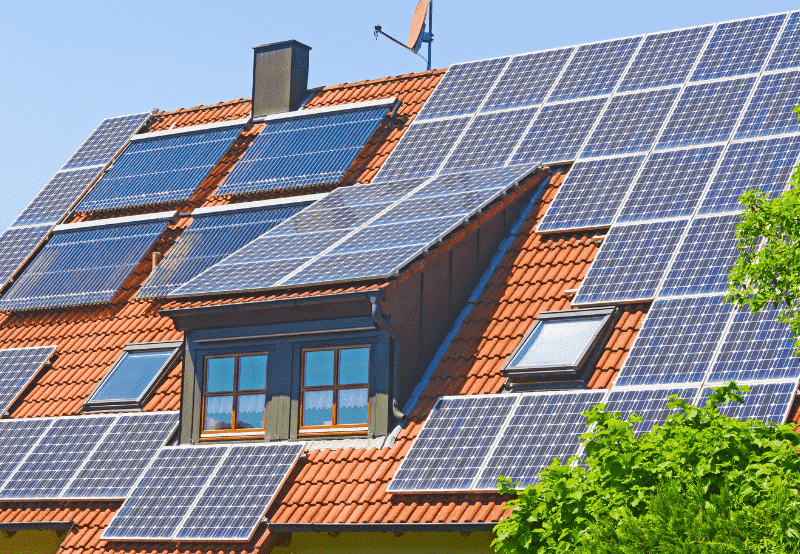
With a commitment to a greener future, Maharashtra State Electricity Distribution Company Limited (MSEDCL) has adopted various programs to promote the use of renewable energy, including, but not limited to, solar power. The government has been pushing the use of rooftop solar panels by introducing multiple schemes and subsidies. Pune broke its own record in June 2023 by generating 253.94 MW of energy from rooftop solar panels in just a year and a half. Approximately 10,000 rooftop solar panels have been commissioned. Out of these, 7,580 have been installed by individuals and housing societies, generating 72 MW of energy. The remaining constitutes solar energy generated in the industrial and commercial sectors, and other projects. Citizens can install rooftop solar panels at their homes, housing societies and offices by visiting the website www.mahadiscom.in/ismart/ and filling out an application form. How Does it Work? In a grid-connected rooftop solar panel or small solar photovoltaic system (SPV), the excess energy generated (direct current power) from the solar panel is converted to alternating current power (AC) using an inverter or a power conditioning unit and is channeled to the grid. The units are reduced from the owner's electricity bill. However, if the power generated by the rooftop solar panels is insufficient, then the electricity is drawn from the grid. The user has to pay for only the net energy used. Grid-connected rooftop solar panels help in reducing transmission and distribution (T&D) lines and aid in better management of daytime peak loads by the utility. Subsidies and Programs The state government offers central finance assistance for residential sector grid-connected rooftop solar projects. A residential sector with up to 3kW capacity is offered a 40% subsidy. For a residential sector with a capacity above 3kW and up to 10kW, a 20% subsidy is available. For housing societies and residential welfare associations with a capacity of 500kW, a 20% subsidy is available. A solar power generation unit has been set up on the roof of Ganeshkhind to train the engineers and technical staff. Along with this, special training has been given to representatives of 45 solar agencies. A joint workshop has also been held for assistant inspectors (quality control) from all 41 sub-divisional offices and representatives of solar agencies. Rajendra Pawar, the Chief Engineer at MSEDCL, Pune, has commented on the long-lasting benefits of a rooftop solar project. “Rooftop solar power project is bringing huge financial benefits to the household by reducing their electricity bills. The construction cost of the project can be recouped in four to five years, and the benefits can last for 25 years,” Pawar said in an official statement. A Bright Future For Pune As part of Intended Nationally Determined Contributions (INDCs), India has committed itself to increasing the share of electric power generated from non-fossil fuel sources to 40% by 2030. Under this policy, MSEDCL has participated in the promotion of renewable energy and has signed long-term PPAs of 12,808 MW capacity of renewable energy, out of which 9,839.42 MW capacity has been commissioned. An MSEDCL official has also suggested using solar energy to power up charging stations for electric vehicles in the future. “We have commissioned 18 charging stations at various locations in the city. (It is powered) through the grid supply. In the future, we might think of solar rooftop-supported EV charging,” he said.
28 Aug 2023
Nandini Nimodiya